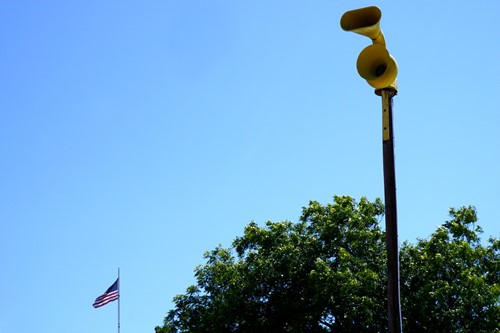
Storms are often causes for nervousness and stress. And while there are some that can be prepared for, there are others that just seem to happen with little to no warning. Tornadoes are among those events that sneak up on us and can bring a great deal of damage with them.
Here are a few key steps for how to prepare for tornado conditions and tornadoes:
One of the most important parts of a tornado preparedness plan is finding the appropriate type of shelter. A storm cellar, basement or other underground shelter are the most desirable when a tornado alarm sounds. However, an interior room with no windows may be all you need, depending on the tornado’s severity.
For those who may need a bit more coverage, make sure you have directions and access to your local tornado shelter should the sirens sound, especially if you’re away from home. If you can’t get to a shelter, find an interior room where you are to protect yourself from flying debris.
Typically, when tornado watches are issued is the best time to seek shelter. This means the weather conditions are right for a tornado, and one may form if the conditions continue in that manner. When the watch shifts to a tornado warning, shelter immediately in a safe room to protect yourself, as a tornado warning means a tornado has been spotted in the area.
Emergency kits are necessities when it comes to storm preparedness or weather events, such as tornadoes. Be sure to have the basic medical supplies - bandages, disinfectant, splints, etc. - ready for any possible bodily injuries. But that’s not the only thing you’ll want to keep in your emergency kit.
Keep a hand-powered radio, flashlight, flares or glow sticks, potable water tablets or tools and emergency blankets on hand. These kits can typically be found preassembled at camping stores, online or preparedness outlets. It’s also a good idea to keep an overnight bag ready in case of severe circumstances that require you to leave your home.
Staying in communication with loved ones and the national weather service is key after a tornado, and sometimes during one. Keep power banks for cell phones that may receive radio signals or other emergency alerts on hand. It may also be a great idea to keep short range radios ready, just in case you or someone in your household gets separated from everyone else.
Tuning in to NOAA Weather Radio is a great starting point for those who aren’t familiar with local networks, and may be a great resource for all of those with functioning radios.
The best thing you can do to stay safe during a tornado is shelter immediately in a storm cellar or basement, where you can. However, by keeping these other facts in mind, you’ll be better prepared if a tornado happens to cross your path. Always listen to your local weather professionals and take any alerts they offer seriously.

My name is Karen Svites. I am a top producer, real estate consultant for buyers, sellers and investors in the Asheville area for over 17 years. I have lived in North Carolina since 1994 and have called Asheville my home and place to raise my wonderful children. I am blessed to live here and be a part of this vibrant community. I enjoy the people, seasons, culture and many outdoor activities available to me.